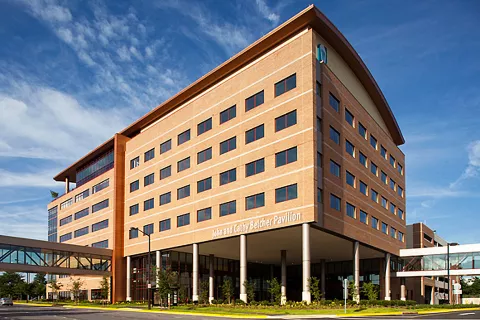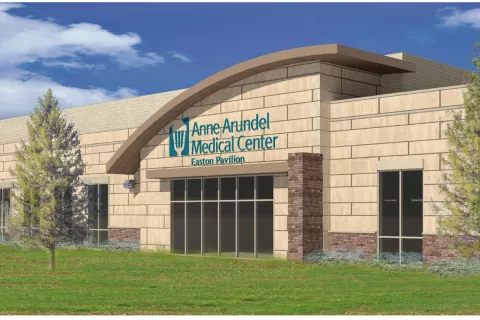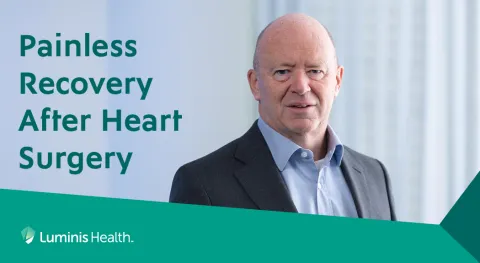Aortic Disease Diagnosis and Treatments
Often aortic disease doesn't cause symptoms unless an aneurysm grows. But your doctor can check for aortic disease. Early detection means early treatment, which can save your life.
Aortic disease screening and tests
As with other heart and vascular diseases, screening starts with regular visits to your primary care doctor. During your physical exam, your doctor:
- Presses on your belly to see if they can feel an abdominal aortic aneurysm.
- Checks your pulse in your arms and legs to see if it feels weak.
- Listens to your heart for any blood flow problems.
- Checks your skin, muscles and bones for signs of genetic conditions such as Marfan or Ehlers-Danlos syndromes or conditions that increase your risk of aortic disease.
Certain imaging tests allow for a closer look at your aorta, including:
Your doctor views a picture of your aorta to see if there's any sign of disease or damage.
Aortic disease treatments
When detected early, our vascular specialists can treat aortic disease with medicines and surgery. We consider the size, shape and location of your aneurysm, as well as the treatment risks. And, of course, we discuss everything with you.
Medical treatments for aortic disease
To manage aortic disease so it doesn't worsen, your doctor might prescribe:
- Blood pressure–lowering medicines.
- Cholesterol-lowering medicines.
- Aspirin.
Surgical treatments for aortic disease
If you have a large aneurysm or one that is growing quickly, your doctor might recommend surgery. We specialize in:
This is a minimally invasive surgery, which means smaller incisions, less pain and faster recovery for you. You'll be given medicine to make you sleepy during the surgery and so that you won't feel any discomfort.
With this procedure, your surgeon makes a small cut in your groin. Then, we guide a stent graft (a tube covered with fabric) through your blood vessels, up to the aorta. The stent graft attaches to your aortic walls and strengthens the weak spot in your aortic artery.
This surgery requires a larger cut in your abdomen or chest, depending on the aneurysm's location. You're asleep during this procedure.
Your surgeon locates the aneurysm, removes it and sews a graft in its place. The graft is a tube made of leak-proof polyester. Recovery time for open surgical repair is about a month.





